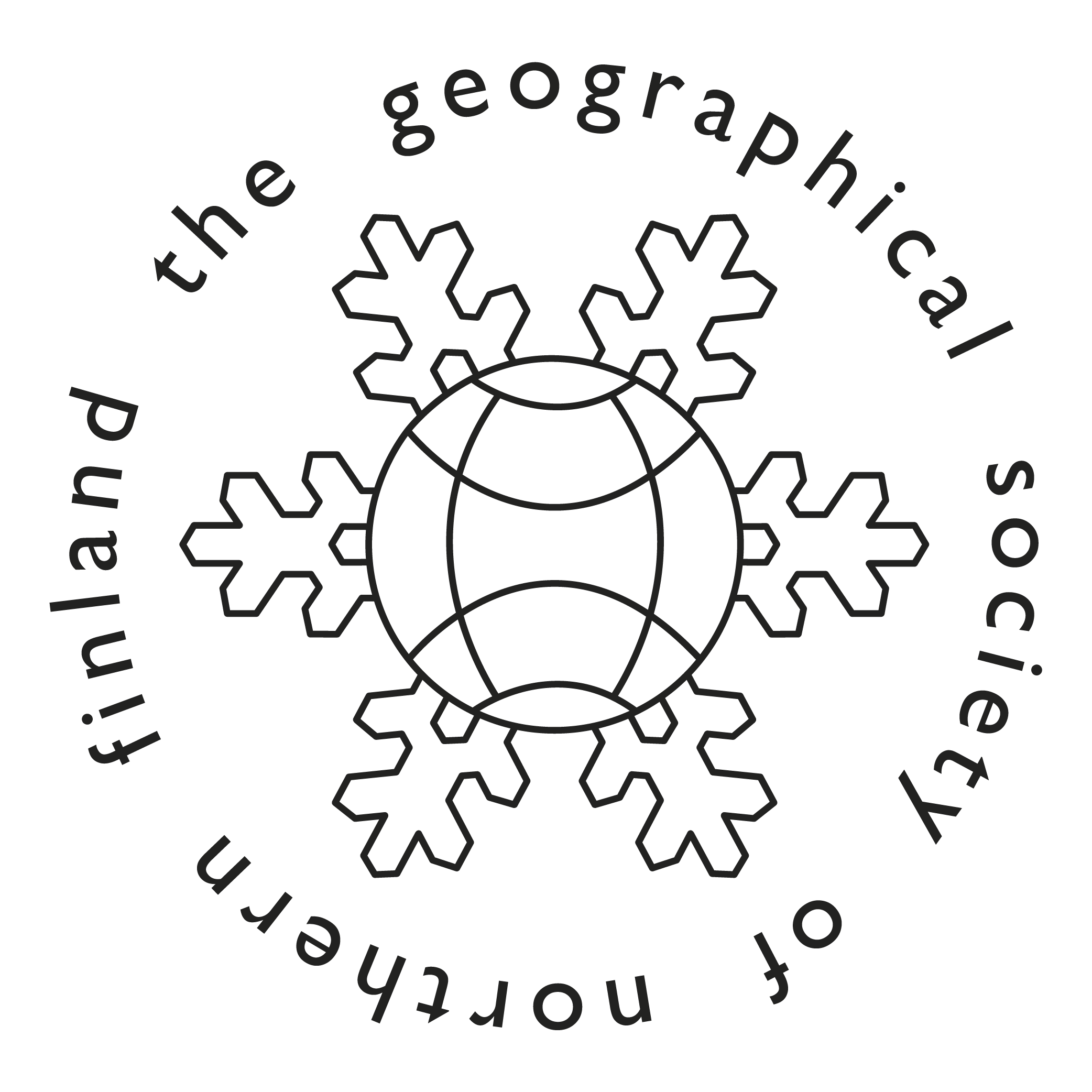Accessibility, population change and scale dependency – Exploring geospatial patterns in Finland, 1880–2009
Abstract
The aim of this thesis is to study the effect of transport accessibility on population change in Finland and the matter of scale to this relationship. During the research period, 1880−2009, Finland has urbanized, changed from an agrarian to a post-industrial economy and the transport system has developed from being manually powered to one that is fully motorized. The theoretical framework of the study is founded on transport and economic geography and regional science. The analytical basis is in the geospatial analysis consisting of geographic information systems (GIS), which is applied to accessibility analyses and data management, and generalized additive models (GAM), multiple regression enabling non-linear relationships, used in exploring the statistical relationships. The study utilizes precise GIS data from transport networks and the population having both a high spatial accuracy. To achieve a long temporal reach in analysis, data for historical population and transport networks were digitized. The eight scales of the analysis begin from municipal and built-up area scales, continuing to grid cells at six resolutions, reaching the resolution of 2×2 km. Accessibility indicators applied in the study are based on fastest route calculations. In addition to the road-based potential accessibility, also rail and air transport accessibilities are considered as travel times to nearest facilities. In addition, analysing the effect of accessibilities on population change, also the effect of key socio-economic variables and population density are tested, to avoid omitted variable problems and enhance the performance of models.
The key finding of the thesis is that road network-based potential accessibility captured the attractiveness of cities and population concentrations well, in general, since the end of the 19th century. Particularly at accurate resolutions, the explanatory power of the models strongly relies on potential accessibility, which is computed with steep distance decay function. While accessibility has a concentrating effect on activities on a regional scale, it also has a decentralising effect within urban areas. After modelling the major population trend, concentration at centre-edge-periphery axis, the effect of other variables could be estimated. The accessibility of railways had a slight effect on population change between 1920−1980. Airport accessibility included in the analysis since 1990 and air transports seem to have an attracting effect on the population. By including key socio-economic variables into models, the explanatory and predictive performance of the models increased. The major trend prevailing in models explaining population change at different scales is that the explanatory power and predictive performance decreases with the scale that is becoming more accurate. Thus, it can be concluded that the correctness of the presumptions of scale are important in analysing the effects of accessibility. As population change could be modelled on a grid cell basis by using accessibility and socio-economic variables, the model or its sub-components can be applied to make more spatially detailed estimations of population change. The models of the study show also that non-linear relations between accessibility and population change are very common.
The results of this thesis thus outline the status quo of Finnish population trends. Spatially and temporally consistent models show that over the last two decades, the population has concentrated towards easily accessible areas at a regional scale, but population pressure exists at urban margins at a local scale. Nothing indicates that the trend would not continue and the growth of the peripheries in general does not seem to be realistic in the future. As an analytical framework, the significance of this thesis lies less in defining direct causalities, rather exploring and revealing spatial trends and patterns that may be hidden to intuitive thinking and cartographical examination. The results of the study are country specific, but the study setting and the modelling procedure can be applied wherever enough accurate GIS data of transport infrastructure, population and also socio-economic conditions are available.






